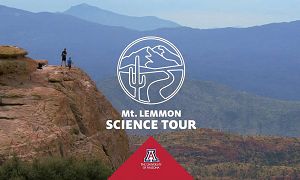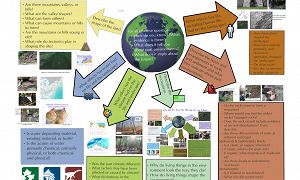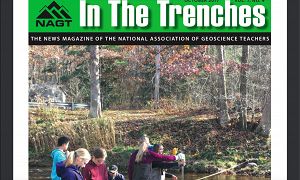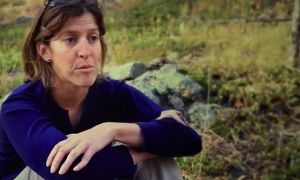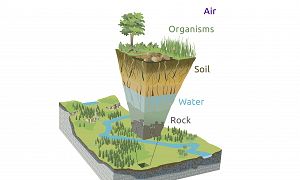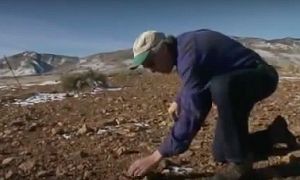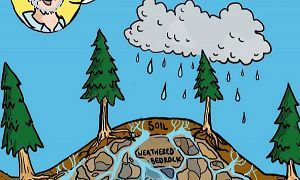Biogeochemistry • Biology/Ecology • Climatology/Meteorology • SoilScience/Pedology • Outreach/EducationResearch
Take a virtual tour of the Reynolds Creek Critical Zone Observatory! Track snowfall and predict soil thickness. Learn about soil carbon and how climate change and sagebrush ecosystems are modeled.
Educational Objectives
Objectives being written.
Tracking Snow: Measuring Nature’s Water Reservoir.
Organic Carbon: The Key Variable in a Changing Climate.
Inorganic Carbon: A Different Type of Carbon.
Predicting Soil Thickness: Anywhere on a Landscape.
CORE Sites: The Most Advanced Ecosystem Measurements Anywhere.
Audience: K-12 • General Public • Higher Education
Observatory:
Reynolds CZO
Author: Sindelar, H., Kanode, C., and S. Lanier. Montana State University. School of Film & Photography.
Funding: The Reynolds Creek Critical Zone Observatory: EAR # 1331872 and ICER # 1445246
